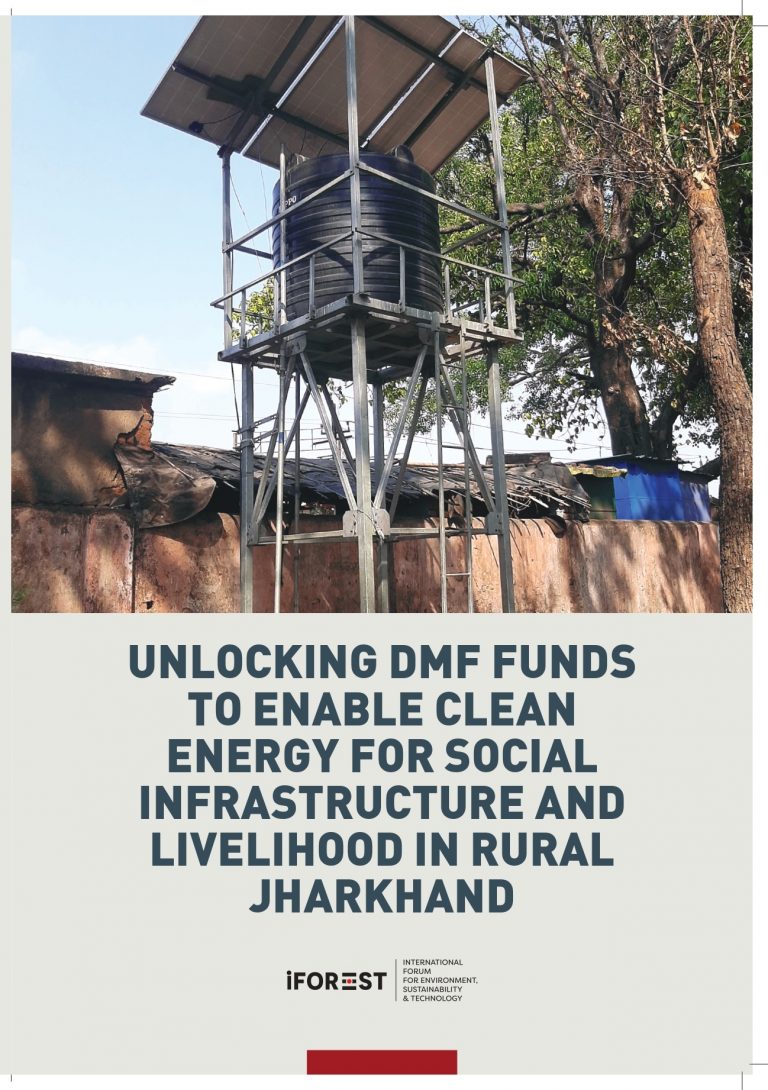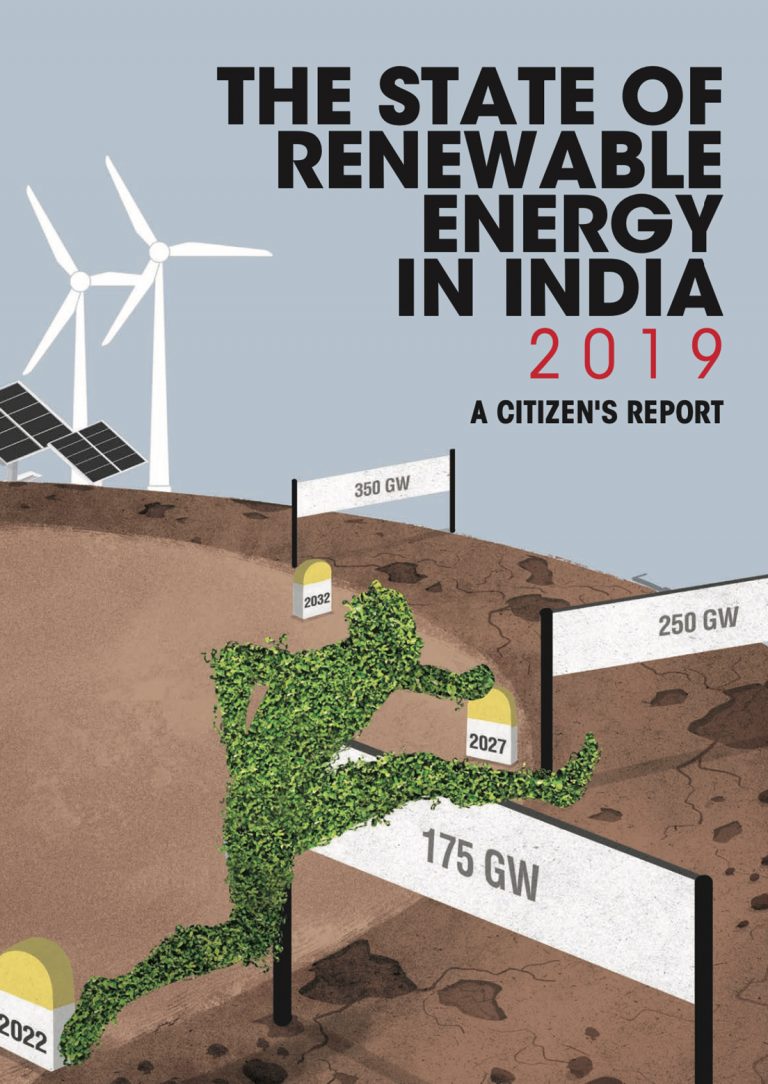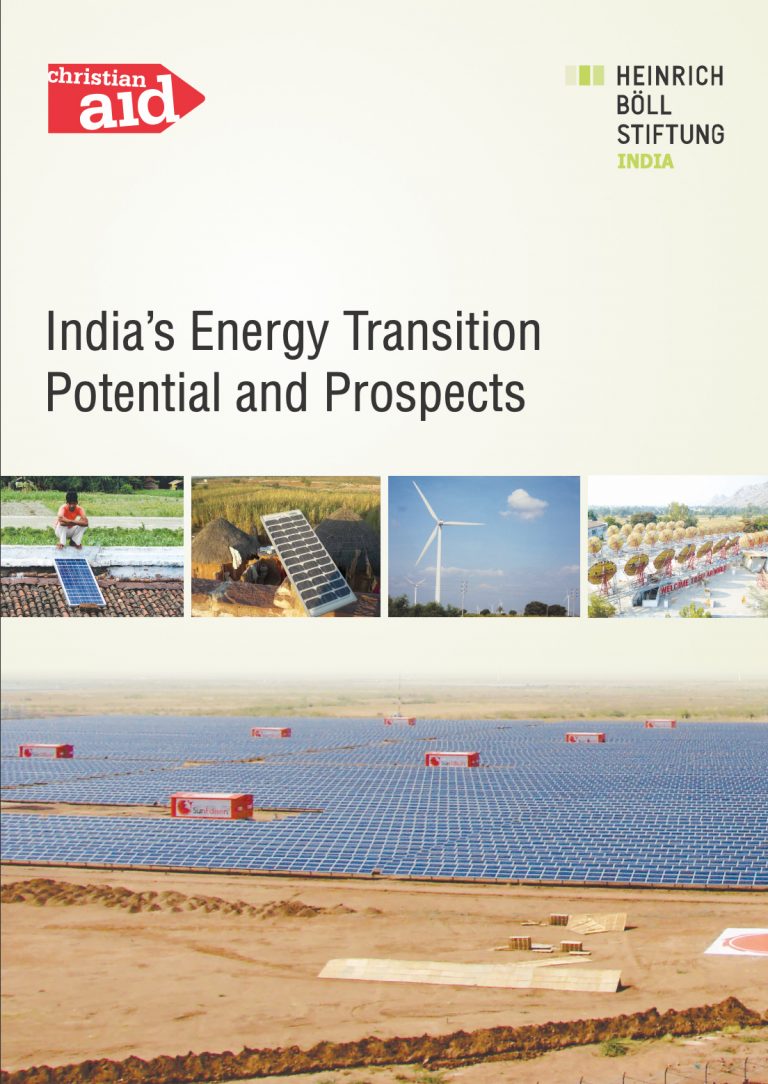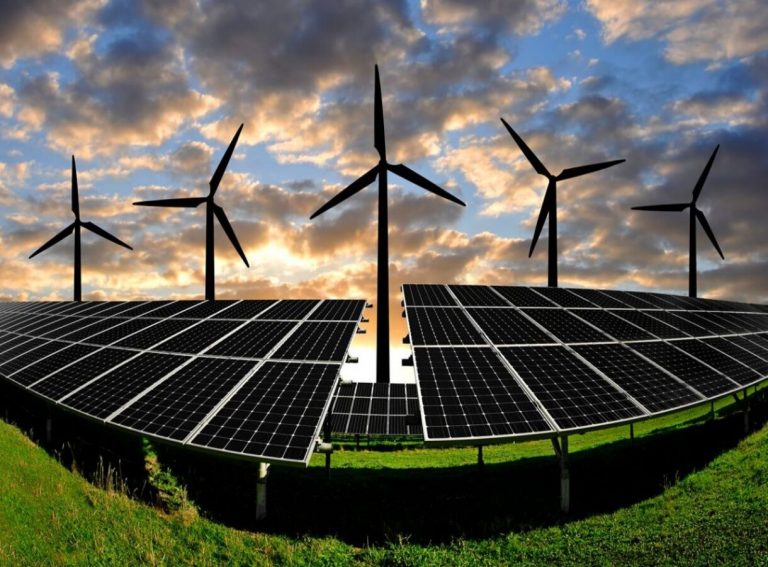Clean Energy
India has pledged to achieve net-zero carbon emissions by 2070 at UNFCC’s COP-26 summit in November 2021. This necessitated a substantial phase-down of fossil-fuel consumption in power generation, transport and industrial sectors and a massive scale-up of clean energy sources. In the immediate term, the country targets to achieve an installed non-fossil fuel electricity capacity of 500 GW by 2030, reducing the emissions intensity of the economy by 45%. To this end, India has revised its renewable energy obligations to 43.33% for 2030
Already, the country’s renewable energy growth trajectory has been commendable. However, the challenge now is accelerating renewable energy growth and going beyond the lower-hanging fruits.
So far, the growth of clean energy has been centred around solar, and the investments have primarily been made in western and southern states. At this stage, it is vital to ensure balance action on renewable energy growth, which does not exclude the traditionally ‘non-renewable energy’ state in Eastern and Northeastern India. It is equally important to look beyond the utility sector and focus on the industrial sector, which has a massive dependence on coal-based power generation.





